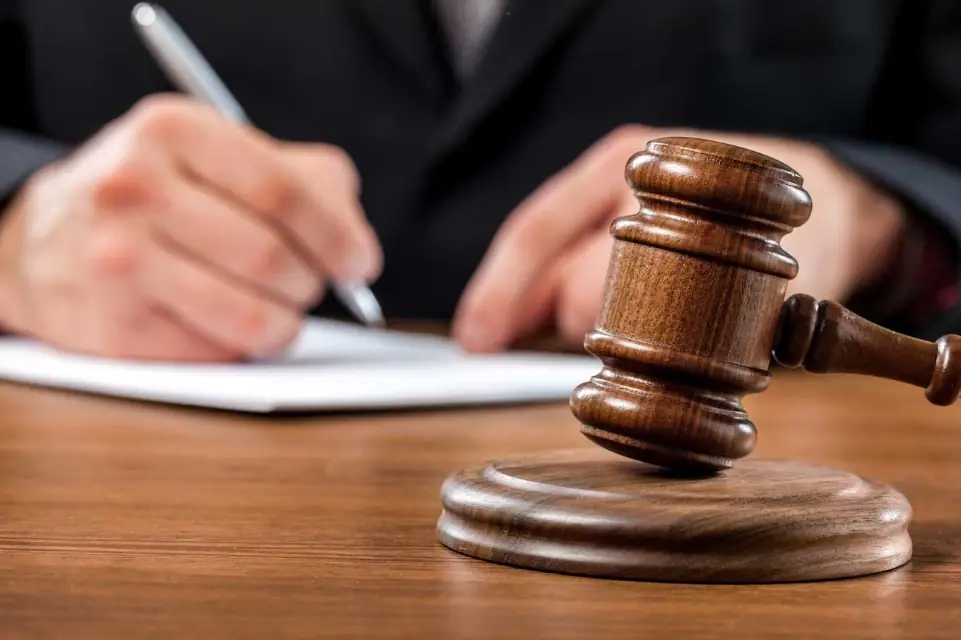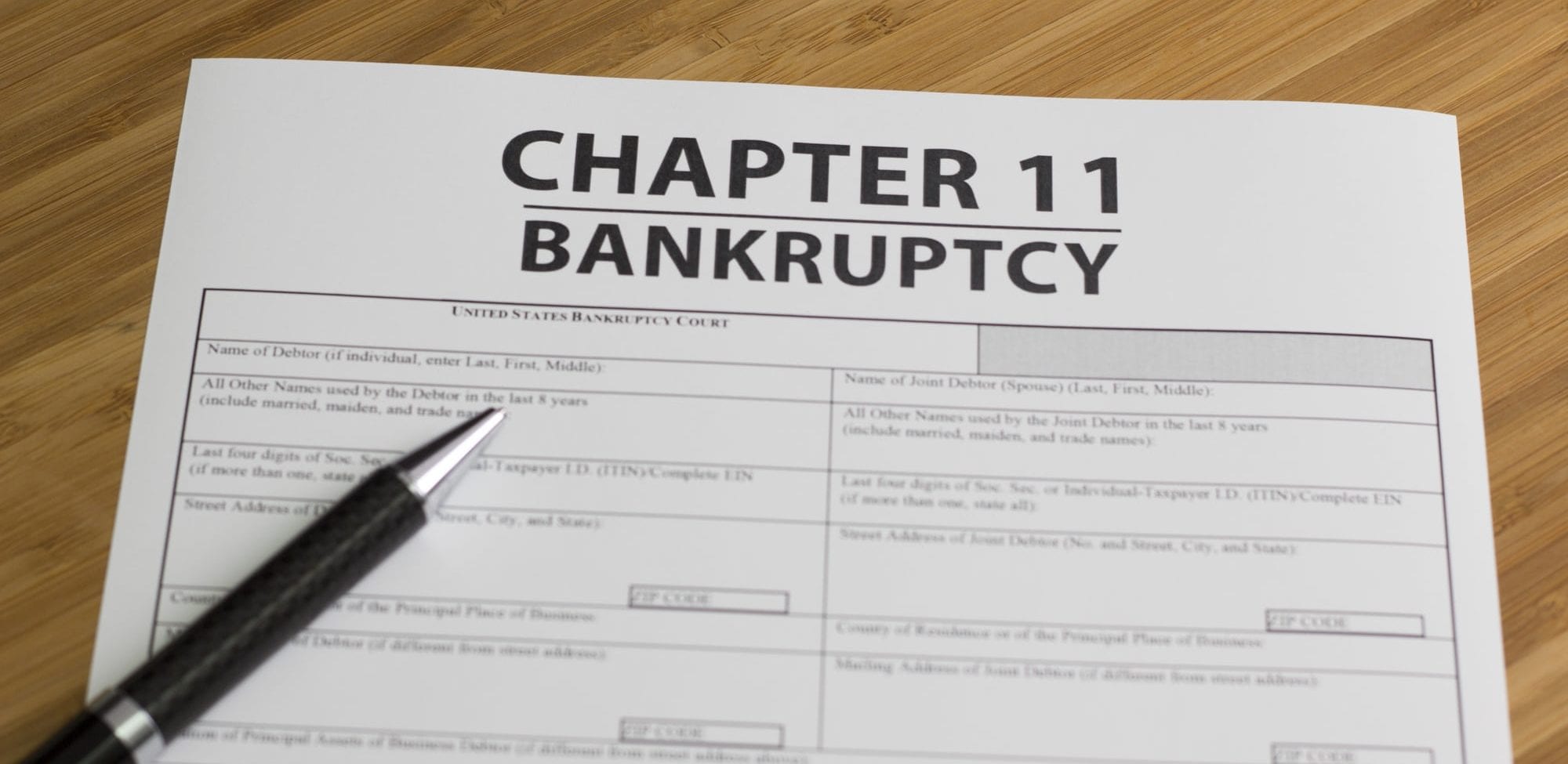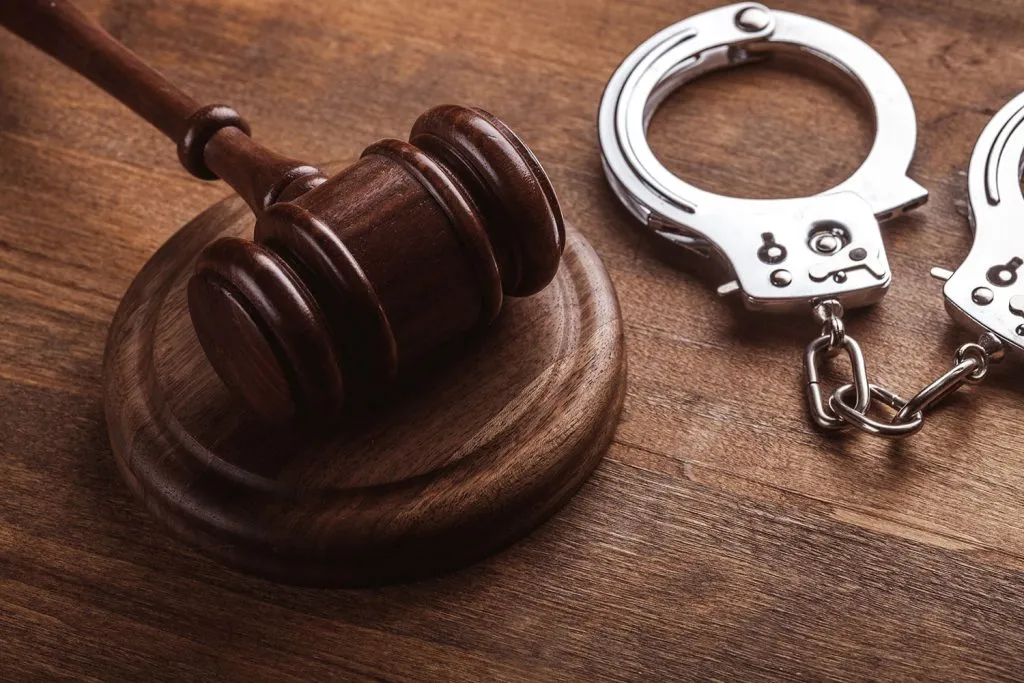Declaring bankruptcy can provide much-needed financial relief for individuals overwhelmed by debt. However, it also comes with consequences that can follow you for years. If you are filing for bankruptcy for the first time, it’s important to understand the timeline and know what to expect after your case is complete.
The Duration of a Bankruptcy Case
For most first-time filers, the actual bankruptcy proceedings typically take 3-6 months from start to finish. This includes the timeframe from when your bankruptcy petition is originally filed to when you receive your discharge order from the bankruptcy court.
The first month is usually consumed by administrative tasks, such as submitting all required documentation, attending the meeting of creditors, and completing mandatory financial counseling. The remaining months involve appearances before the bankruptcy trustee and judge as they review your petition and issue final decisions.
Of course, every bankruptcy case is unique. Some may take less time if assets and debts are relatively simple. More complex cases with extensive assets and creditors can extend the process. Factors like legal delays and appeals can also prolong the bankruptcy.
The Bankruptcy Timeline After Discharge
The discharge order officially closes your bankruptcy case and absolves your responsibility for most qualifying debts. However, the bankruptcy can still impact your finances for years into the future. Here are some key points in the bankruptcy timeline to keep in mind:
– Credit Reporting: A Chapter 7 bankruptcy remains on your credit report for 10 years from the filing date. A Chapter 13 bankruptcy stays on your report for 7 years.
– Automatic Stay Lifted: The “automatic stay” halts collections against you when you file. This protection ends 30-60 days after the case closes. Creditors can then resume collection efforts against any debts not eliminated in bankruptcy.
– Post-Discharge Lawsuits: Creditors have 60 days after bankruptcy discharge to file any challenges if they believe a debt cannot be erased. This could lead to further legal action.
– Debt Responsibility: You are still responsible for paying any debts not discharged during bankruptcy, such as student loans, alimony, and recent taxes. These must be paid on schedule or risk collections/lawsuits.
– Rebuilding Credit: You can start applying for new credit accounts immediately after bankruptcy, but approval will be difficult at first. Responsible use of secured cards and other credit can rebuild your score over time.
– Inheritances: Any inheritances that occur within 6 months of filing bankruptcy become part of the bankruptcy estate. The trustee has authority to seize a portion of these funds.
The most significant bankruptcy penalties apply to future filings. You must wait 8 years after a Chapter 7 filing to pursue Chapter 7 again. There is a shorter 4-6 year wait after Chapter 13. The court can deny discharge if you file bankruptcy too often.
Seeking Legal Guidance
While a first-time bankruptcy provides the chance for a fresh start, it also requires diligently rebuilding your financial life afterward. To fully understand the time commitments and long-term impacts, consult with a bankruptcy attorney. An experienced legal professional can help ensure you go into bankruptcy with realistic expectations.







